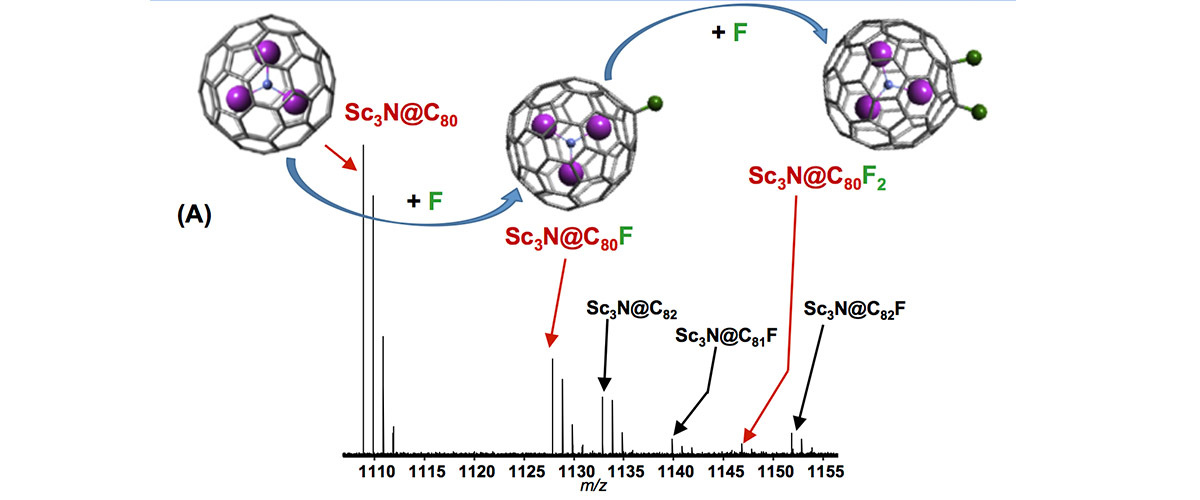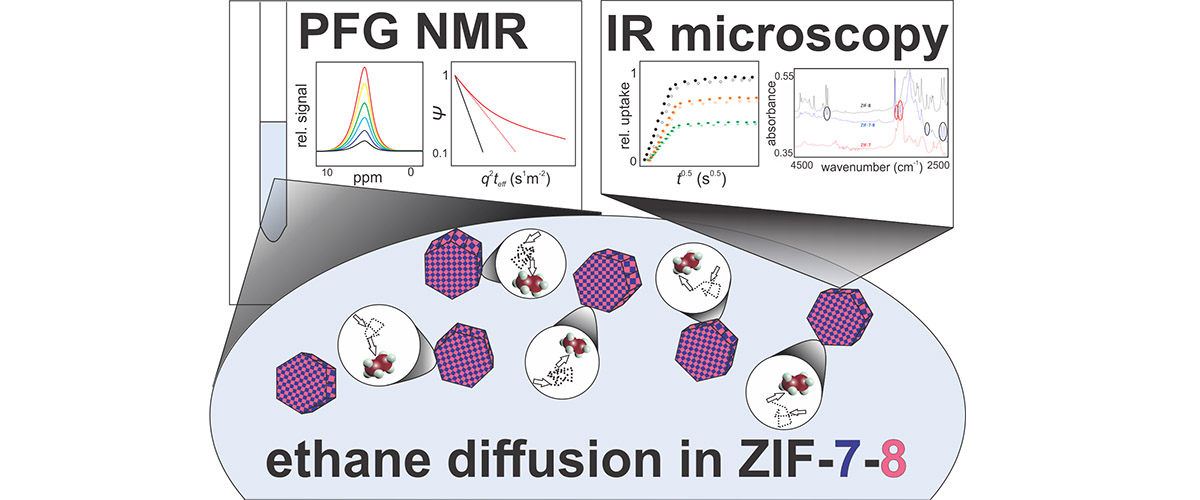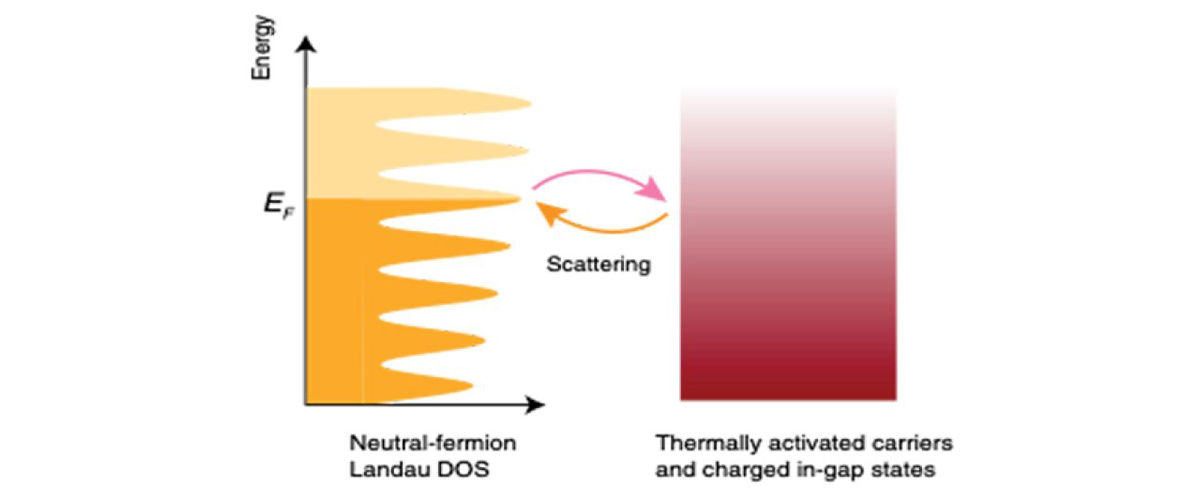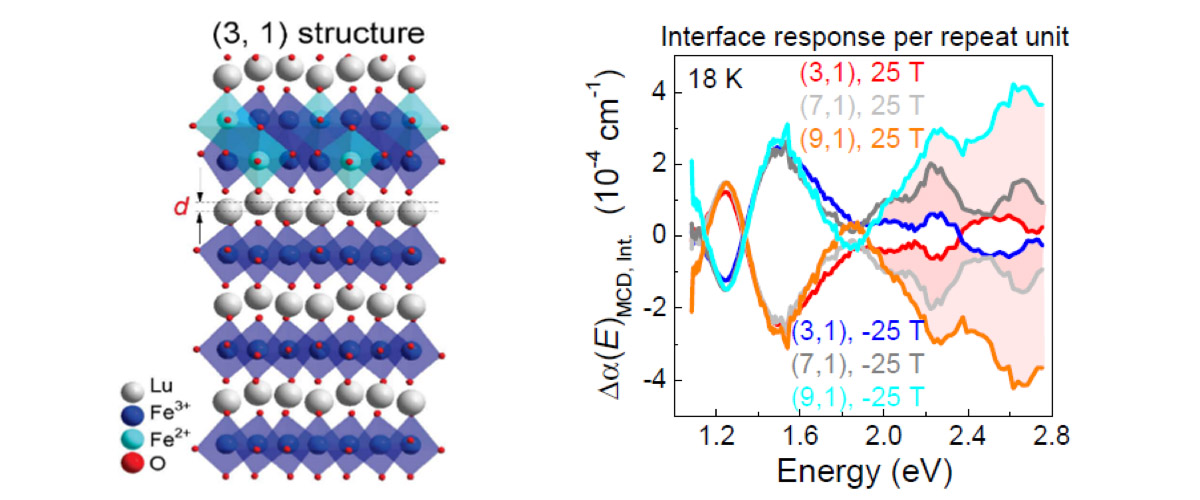What did scientists discover?
Researchers found a way to add fluorine to high-impact carbon nanomaterials, which could chemically tune them for possible use in clean energy applications such as plastic solar cells.
Why is this important?
All prior attempts to add fluorine to the nanomaterial, Sc3N@C80, led to destruction of the carbon cage. In this work, scientists used laser vaporization to generate the first fluorinated and metal-encapsulated carbon nanocages, a long-standing challenge in the pursuit and design of new carbon nanomaterials.
Who did the research?
Antonio Moreno-Vicente1, Marc Mulet-Gas2, Paul W. Dunk2, Josep M. Poblet1, Antonio Rodríguez-Fortea1
1University of Rovira i Virgili, Spain; 2National MagLab, Florida State University
Why did they need the MagLab?
The discovery and formation of the these chemical compounds requires unique, laser-based instrumentation coupled to analysis by high-magnetic-field FT-ICR mass spectrometry, an exclusive combination of state-of-the-art instrumentation found only in the MagLab’s Ion Cyclotron Resonance Facility.
Details for scientists
- View or download the expert-level Science Highlight, Functionalizing Molecular Nanocarbon with Fluorine Atoms
- Read the full-length publication, Probing the formation of halogenated endohedral metallofullerenes: Predictions confirmed by experiments, in Carbon
Funding
This research was funded by the following grants: G.S. Boebinger (NSF DMR-1157490, NSF DMR-1644779); A. Rodríguez-Fortea, J.M.Poblet (MCICTQ2014-52774-P, GC 2014SGR, and XRQTC)
For more information, contact Chris Hendrickson.






